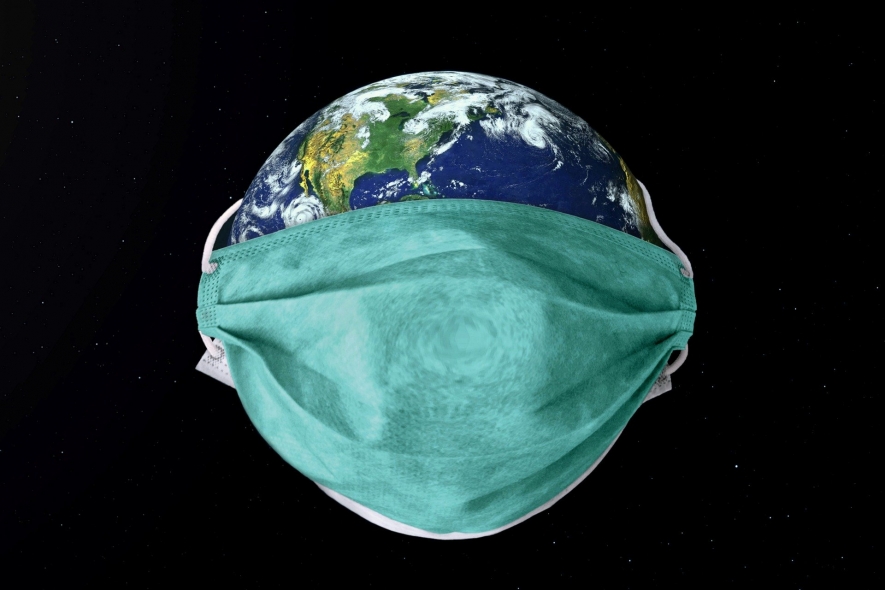The new Coronavirus is deeply influencing our lives, and not just them. The media, too, have been affected by this global pandemic, but they haven’t always addressed it with due accuracy. The NaspRead.eu staff will thus regularly post a press review on how social and political science practitioners are dealing with this emergency in other countries.
We wish you good reading (and please stay safe)!
Newsletter #3
- Good intentions, problematic outcomes. Italy’s contact-tracing app, Immuni, should be available on request by the end of May, according to Minister of Technological Innovation and Digitalization Paola Pisano. This has not stopped criticism of contact tracing. Not only privacy is a main concern of scholars around the globe. Canadian Professor Jason Miller has listed five reasons why contact-tracing apps may yield problematic outcomes. To name but one, they could make us to lower our guard when it comes to social distancing.
- A media feeding frenzy in the infodemic. The COVID-19 threat has increased the demand for information that can help people understand the coronavirus crisis and what they can do to protect themselves. But where are people getting their information, and what sources do they trust the most? University of Oxford’s Reuters Institute has surveyed news access six countries – Argentina, Germany, South Corea, Spain, Great Britain and the United States. The report shows that people trust scientist much more than they trust the government or the media.
- A racial virus. 1.5 million COVID-19 cases and nearly 90 thousand coronavirus-related deaths are making the U.S. the world’s most impacted country. African American communities are the hardest-hit segment of the population. A study on the state of Georgia shows that 80% of hospitalized patients with COVID-19 in metropolitan Atlanta at the end of April were black. (Over a quartier of them did not have conditions that put them at a higher risk.) A different study on the ethnic distribution of coronavirus cases in 33 U.S. states shows that non-white people accounted for a higher share of confirmed cases and deaths compared to their share of the total population. The situation is particularly critical in Wisconsin, where African American people make up a four-times higher share of confirmed cases and an over six-times higher share of deaths compared to their share of the total population. Biology has nothing to do with these figures; living conditions and the uneven diffusion of preventive measures account for most of these disparities.
- Coronavirus infection is income-sensitive. Social distancing is a luxury not everyone can afford. The New York Times has compared mobility data with data concerning socioeconomic status in different areas of the U.S. As it turns out, wealthier people can comply with social distancing restrictions without changing much their life standards, and therefore appear to be less prone to infection.
Newsletter #1
- The strength of weak ties (in a controlled panic).The epidemics spreads quickly, especially through casual interactions. These are weak ties, but they can rapidly escalate the number of coronavirus cases. Awareness campaigns should follow a similar pattern. They could exploit social media in order to make sure that voluntary social distancing measures – the only way to prevent contagion – aren’t implemented too slowly. In this way, a tiny bit of controlled panic could make a great difference.
- The science of quarantine. International travel restrictions are no solution if passengers do not change their habits.
- What we can learn from WWII. Flattening the infection curve will prove very costly without an expansion of health care capacity. This is something that the oldest living generations know all too well.
The team of NaspRead.eu





